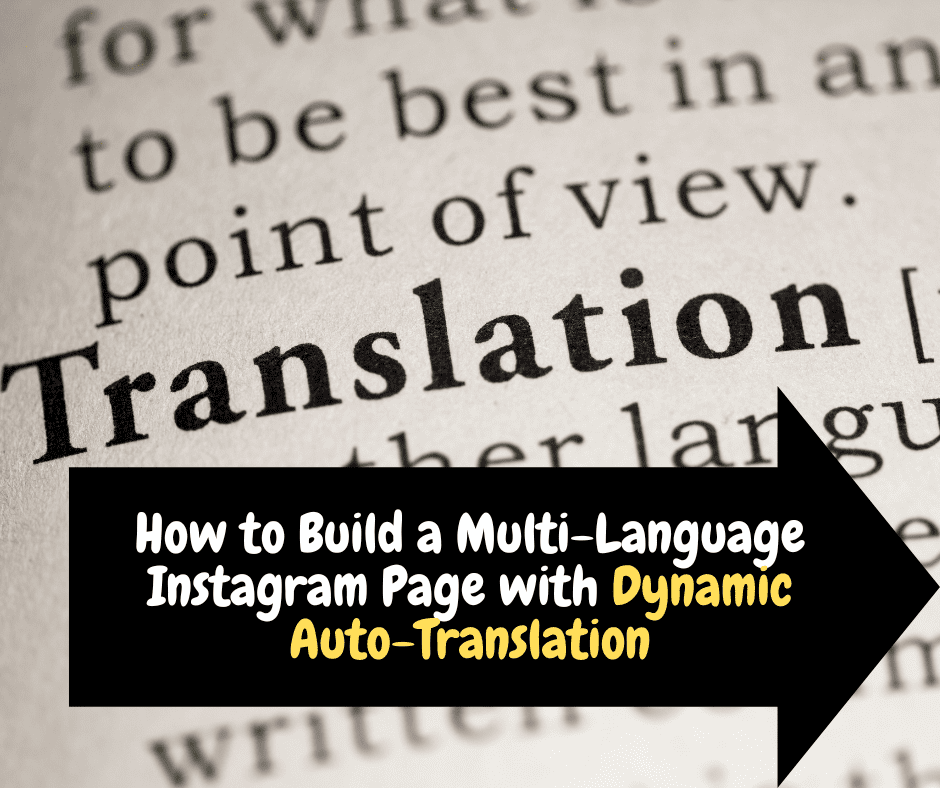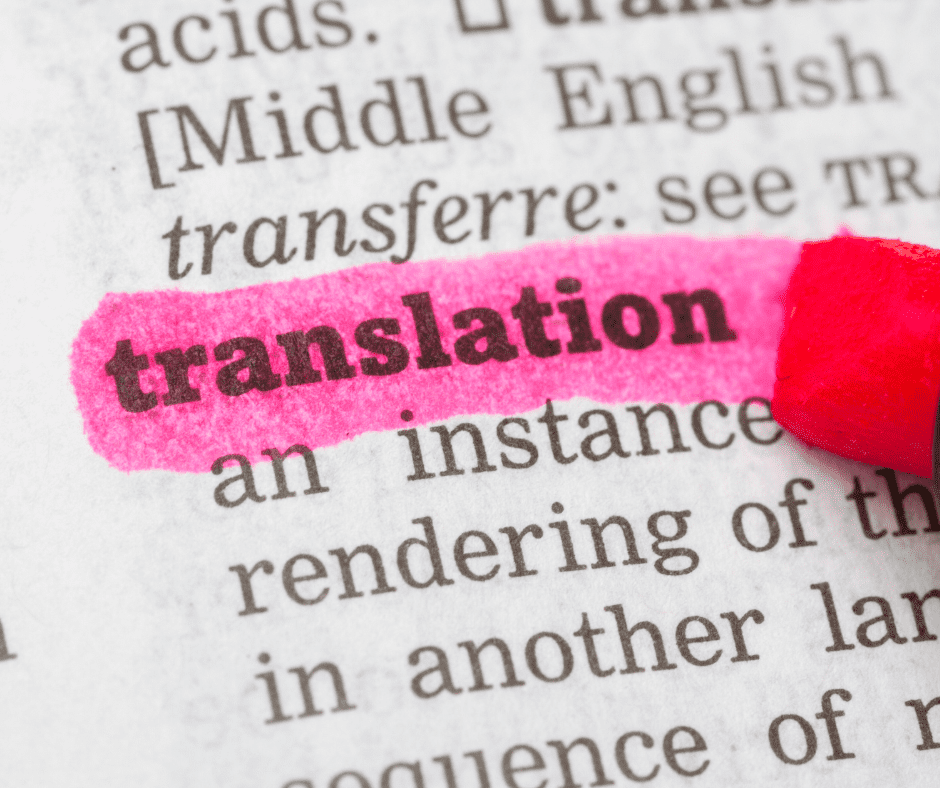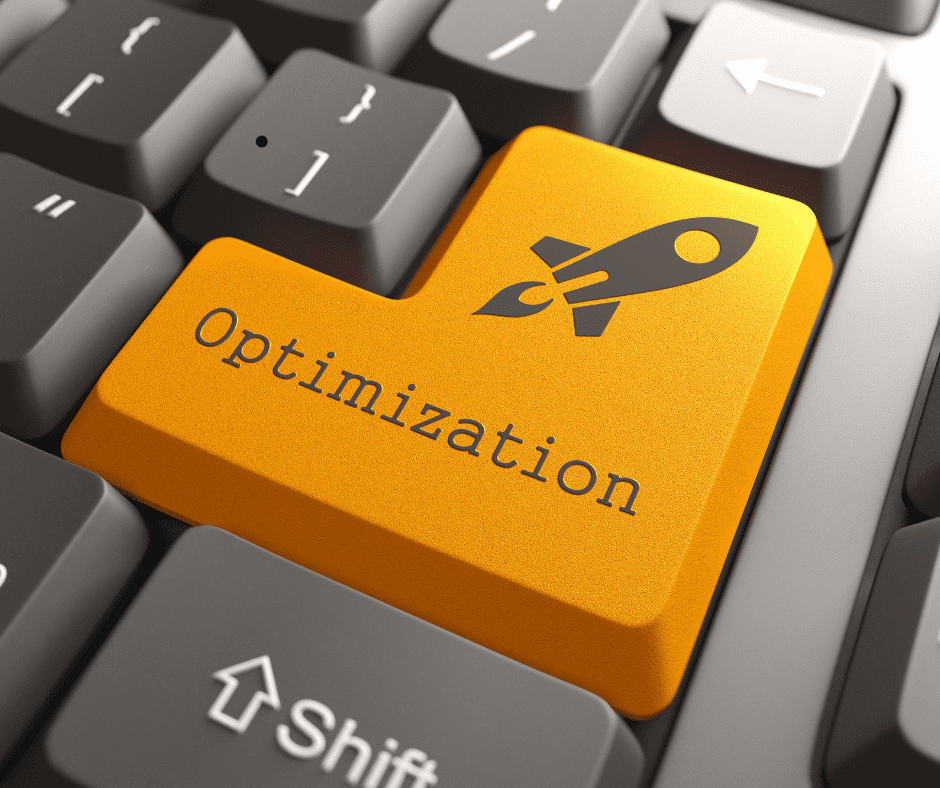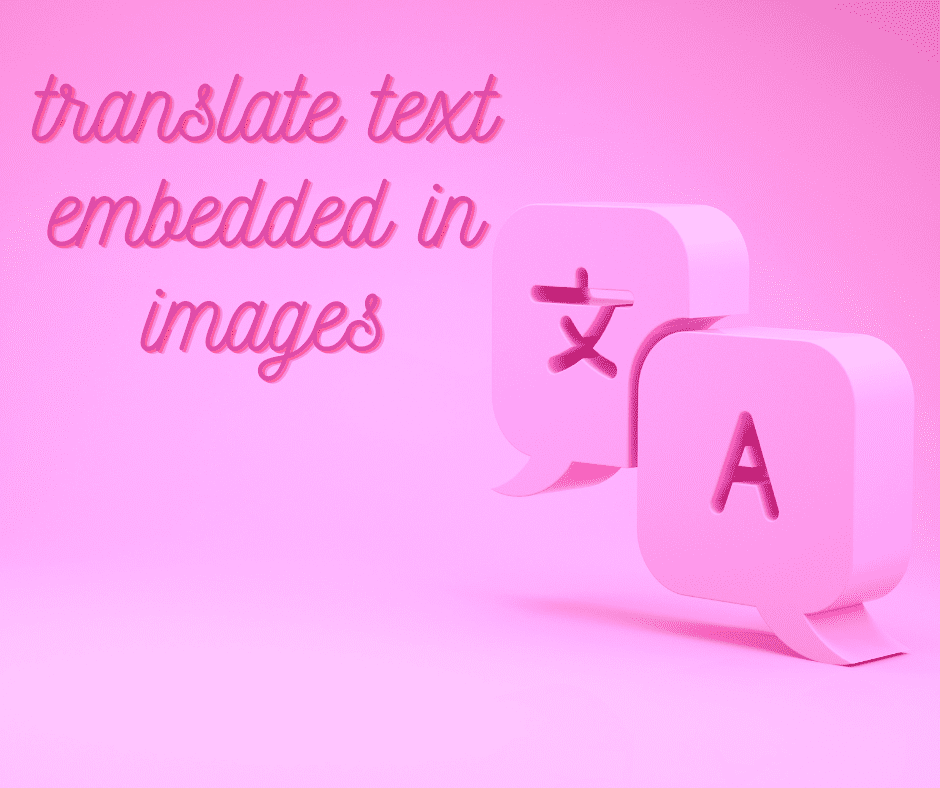Last Updated on April 28, 2025 by Val Razo
In today’s global digital landscape, reaching a global audience means your content needs to break language barriers. Building a multi-language Instagram page with dynamic auto-translation is the key to connecting with users from around the world, allowing them to seamlessly switch between language versions and view content in their preferred language. Whether you want to automatically translate your posts, integrate a language switcher, or leverage the latest automatic translation tools, this guide will walk you through the translation process from start to finish. You’ll learn how to enhance user experience, boost your SEO, and ensure your Instagram presence stands out in international markets by delivering translated content that feels natural and localized. Let’s dive in and explore the best strategies to create a multi-language site on Instagram, whether you use machine translation, translation plugins, or professional translators.
Why Create a Multi-Language Instagram Page?
The Benefits of a Multilingual Website and Social Presence
In today’s interconnected world, having a multi-language Instagram page is essential for anyone aiming to connect with a global audience. By providing content in multiple languages, you create a more welcoming and inclusive environment for your followers, allowing them to engage with your posts in their preferred language. This approach not only broadens your reach but also demonstrates cultural sensitivity and a commitment to serving users from diverse backgrounds.
A multilingual website and social media presence enable you to build stronger relationships with your audience. When users find content in their native language, they are more likely to interact, share, and remain loyal to your brand or personal profile. Incorporating a language switcher or features that let followers seamlessly switch between languages creates a smoother user experience and encourages people from around the world to follow your content.
Using automatic translation and translation tools, you can automatically translate your Instagram content or posts, making it easier to manage multiple languages even if you don’t speak them all yourself. This not only saves time but also ensures that your page stays up to date for all language audiences, increasing your potential for growth in international markets.
SEO Advantages for Reaching New Audiences
Creating a multi-language Instagram page does more than just improve user engagement—it also gives you a competitive edge when it comes to SEO. Platforms and search engines favor accounts that cater to different linguistic groups. When your Instagram profile and posts are available in different language versions, your content becomes discoverable to users searching in their preferred translation or local language.
Optimizing your content for multilingual SEO allows you to reach audiences that your competitors may be missing. By using automatic translation tools, manual translation, or a mix of both, you can ensure that your posts contain relevant keywords in each language version of your site. This increases your visibility across various search engines, driving organic traffic from regions you might not have accessed before.
Overall, building a multi-language Instagram page is a strategic move for anyone looking to expand their presence, drive engagement, and tap into new international markets. With the right translation solution and a thoughtful approach to localization, you’ll ensure your content is accessible, engaging, and easy to find—no matter what language your audience speaks.
When I helped a travel brand expand internationally, we used a multi-language approach on Instagram by leveraging an automatic translation tool. We noticed a 25% jump in engagement after launching French and Spanish versions of key posts. Followers appreciated content in their native language, and it helped the brand build authentic connections in new markets.
Choosing a Dynamic Auto-Translation Solution
Selecting the right dynamic auto-translation solution is crucial for anyone aiming to create a successful multi-language Instagram page. With so many options available, understanding the strengths and weaknesses of different translation tools will help you deliver quality translated content to your global audience. Let’s explore the main choices and how to integrate them effectively with your Instagram presence.
Automatic Translation vs. Manual Translation: Pros and Cons
The first decision you’ll face is whether to rely on automatic translation or invest in manual translation by professional translators. Automatic translation tools, such as Google Translate, AI translation, and neural machine translation, offer quick and cost-effective ways to automatically translate your Instagram content into multiple languages. These systems use advanced algorithms to translate from one language to another with increasing accuracy, especially for major language pairs.
However, while machine translation solutions are fast and scalable, they sometimes struggle with context, idioms, or industry-specific terms. This is where manual translation excels—professional translators can localize content to match cultural nuances, ensure tone accuracy, and prevent awkward phrasing. Manual translation is the gold standard for highly visible or sensitive campaigns, but it can be time-consuming and more expensive, especially for ongoing content creation.
A hybrid approach—using automatic translation for everyday posts and manual translation for critical updates—often works best. This balances speed, cost, and quality, ensuring your content remains both accessible and authentic.
Using a Translation Plugin or Website Translator for Instagram
For those looking to streamline the translation process, various translation plugins and website translators can help you manage multiple languages across your web presence, including Instagram. While Instagram itself doesn’t support third-party plugins directly, you can use website translation solutions to translate linked landing pages, bio links, or embedded feeds.
Popular translation management systems and content management platforms often offer built-in automatic translation tools or easy integration with services like Google Cloud Translation. These tools enable you to add and manage multiple language versions, set a default language, and provide followers with the ability to select the language they prefer.
If you’re linking out to a multilingual site from Instagram, using a robust website translator ensures that visitors land on a translated page that matches their needs. Look for solutions that offer a free trial or demo so you can test features like language switchers, translation plugins, and the management of language subdomains or directories.
Setting Up Automatic Translation for Instagram
Establishing automatic translation for your Instagram page involves more than just toggling a setting. To truly make your content accessible to a global audience, you need a workflow that lets users seamlessly switch between multiple languages and enjoy content in their preferred language. Here’s a step-by-step guide to get your multi-language Instagram page up and running using the latest translation tools and strategies.
How to Translate Your Website or Instagram Content
While Instagram’s platform has built-in support for some automatic translation of comments and captions, you can take your multi-language approach further by preparing website content and posts in advance. Start by identifying which languages to your site or profile are most relevant to your audience. Use insights from Instagram analytics to determine the top regions engaging with your content and prioritize those languages for translation.
For more advanced needs, consider third-party translation solutions or translation plugins that integrate with your website builder or landing page. Tools like Google Cloud Translation and other AI translation services can automatically translate web pages, making it easy to create a translated website that matches the branding and messaging of your Instagram page. If you’re sharing links in your Instagram bio or stories, make sure those linked pages are available in every language version of your site.
As a freelance marketer, I’ve managed campaigns for ecommerce sites that used translation plugins to create a seamless user experience. One client who implemented a visible language switcher saw a noticeable decrease in bounce rates, proving that users value easy access to content in their preferred language.
Adding a Language Switcher and Setting a Default Language
One of the most important features for any multilingual site or profile is a language switcher. This tool enables users to select the language they’re most comfortable with, improving the user experience and ensuring they engage with content in their native language. Many website translation services offer customizable language switchers you can embed on your linked web pages. You can also indicate in your Instagram bio or highlights which languages you offer, or even create separate highlight reels for each language version.
Setting a default language is another best practice—this ensures users land on a familiar language when visiting your site from Instagram, but still have the option to switch. Always let users manually choose their preferred language to avoid confusion and to cater to bilingual or multilingual audiences.
Tips for Selecting a Preferred Language for Your Audience
To optimize your translation process, take advantage of analytics and data from both Instagram and your website. Find out which language version of your site has the most engagement, and adjust your translation management accordingly. Consider using translation plugins that automatically detect the user’s browser language or geographic location to present the correct translated version by default.
If your audience is particularly diverse, consider using a neural machine translation system that continually learns and improves its content translation quality. For larger brands, a management system that lets you add multiple languages and manage translated content is essential to keeping everything organized and up-to-date.
By following these steps and using the right translation tools, you’ll be able to create a multilingual website and Instagram presence that provides a flawless experience for followers around the world.
According to a 2023 CSA Research study, 76% of online shoppers prefer to buy products with information in their own language.
Best Practices for Translating Instagram Content
Successfully managing a multi-language Instagram page requires more than just using automatic translation tools—it’s about creating high-quality, relevant, and culturally appropriate translated content that resonates with your global audience. Here are some essential best practices to follow for effective content translation and localization.
Ensuring Seamless Content Translation and Localization
While machine translation and AI translation can quickly convert your posts from one language to another, it’s crucial to ensure the translated message still aligns with your brand’s voice and makes sense in the target language. Always review translated versions for cultural relevance, idioms, and local expressions. This process, known as localization, ensures that the content of your website or Instagram page doesn’t just sound correct, but also feels natural and relatable to each audience segment.
When possible, use professional translators or native speakers to double-check the quality of your most important posts or campaigns. For regular updates, a combination of automatic translation and manual review works well. Encourage your multilingual followers to provide feedback if something sounds off—that input can help refine your translation process over time.
Translation Management and Workflow Tips
A smooth translation management workflow is vital for any multi-language site or social presence. Use a management system or a centralized platform to organize drafts, schedule posts in different language versions, and keep track of updates. If you use a translation plugin, choose one that supports batch translation and easy editing for bulk posts.
Coordinate your content calendar so that every new update is released simultaneously in all supported languages. This approach provides a consistent experience for your audience, regardless of their preferred language. Regularly audit your translated content to ensure everything is up-to-date and matches any changes made to the original version.
Avoiding Common Mistakes When Translating a Website or Instagram
-
Overreliance on Automatic Translation: While tools like Google Translate and neural machine translation are powerful, they’re not perfect. Double-check output for accuracy, especially for idioms or marketing phrases.
-
Inconsistent Language Versions: Ensure every post or story is available in all the languages to your site supports. Missing translations can alienate certain user groups.
-
Neglecting Visual Content: Remember to translate text embedded in images or graphics as well. Use multilingual templates and consider captioning videos in multiple languages.
-
Forgetting to Update Links and Hashtags: Make sure your hashtags, mentions, and links are localized or adapted for each audience.
By following these best practices and leveraging the right translation plugins, translation services, and automatic translation tools, you’ll maintain a high-quality, consistent, and engaging presence across all your multi-language websites and Instagram profiles.
Improving Reach and Engagement with Multilingual Content
Publishing content in their preferred language gives your audience a reason to follow, share, and interact with your Instagram profile. By effectively using multilingual translation, your page becomes a powerful magnet for international engagement and growth. Here’s how a strategic approach to multi-language content can help your brand or business thrive in new regions and stand out on Instagram.
Using Multiple Languages to Grow Your Audience
When you add multiple languages to your Instagram content, you open the door to entirely new communities who might otherwise never interact with your brand. Instagram users feel seen and appreciated when they encounter a translated page or post in their native language. This sense of inclusion directly improves your user experience and increases the likelihood of shares, saves, and comments.
Don’t forget to leverage Instagram’s built-in features, such as letting users select a language for captions or using language subdomains on linked sites. If you’re connecting your profile to a multilingual website, ensure that visitors can switch between languages easily using a prominent language switcher.
Search Engine Visibility and Optimizing Translated Content
Investing in multilingual SEO is essential if you want your multi-language site or Instagram page to rank in multiple regions. Each language version of your site or profile should be optimized for the right search engine keywords, including region-specific hashtags and phrases that reflect how local audiences search.
Many website builders and translation plugins offer translation management features that help you tag, categorize, and optimize your translated website for global visibility. Always check that your translated content is indexed correctly by search engines, and that each language version has its own unique URL or identifier if you’re linking out from Instagram.
A 2023 Weglot report revealed that multi-language websites receive 47% more organic traffic on average than single-language sites.
Case Study: A Successful Multi-Language Instagram Page
Consider the case of a small fashion retailer who decided to create a multilingual website and Instagram profile. By integrating automatic translation for daily posts and hiring professional translators for campaign launches, the brand expanded from one country to three within a year. Their use of a prominent language switcher on bio-linked landing pages led to a 30% increase in international traffic, while Instagram insights showed a 40% boost in engagement from new international markets. The retailer’s ability to add a language quickly in response to trends helped them remain agile and relevant to their growing audience.
Tips for Maximizing Engagement
-
Encourage followers to interact with posts in their preferred language by running polls or Q&As in different languages.
-
Promote your translated version of web pages in stories and highlights.
-
Regularly review analytics to see which language versions drive the most engagement and optimize accordingly.
With a well-executed translation process, the right mix of automatic translation tools and professional translators, and a commitment to providing a great experience in multiple languages, your Instagram page can become a true international success.
In 2023, the beauty brand Laneige launched a multi-language website and revamped their Instagram strategy with auto-translation features. Within six months, they reported a 34% increase in international sales and 22% higher engagement rates on social posts targeted at non-English-speaking regions.
Conclusion
Building a multi-language Instagram page with dynamic auto-translation is one of the smartest ways to reach a global audience and maximize your brand’s impact. By combining automatic translation tools, intuitive language switchers, and smart translation management, you can provide content in their preferred language and connect with users worldwide—no matter their native language. This not only improves the user experience but also unlocks significant SEO benefits, drives higher engagement, and positions your Instagram presence for sustainable growth in international markets. Whether you’re using machine translation, leveraging a translation plugin, or working with professional translators, the key is to stay adaptable, continually monitor your audience’s needs, and ensure every piece of translated content aligns with your brand’s voice. With these strategies, you’ll be able to seamlessly build a vibrant, inclusive, and high-performing multi-language site on Instagram.
Frequently Asked Questions
What is the best way to handle dynamic content when building a multilingual Instagram presence?
When dealing with dynamic content—such as frequently updated posts or stories—it’s essential to use an automatic translation tool or service that supports real-time updates. This ensures every new post is translated into different languages as soon as it’s published. Additionally, planning your captions and visual elements to be easily translatable will help maintain consistency across every version of the site or social page.
How do I add a new language to my Instagram or linked website?
To add a new language to your Instagram profile or website, start by selecting a language you would like to support based on your audience data. Use a language translation plugin or service that allows you to create multilingual versions of your content. Once set up, clearly display a language switcher so users can easily choose their current language or switch to the new option.
What translation features should I look for when choosing a translation solution?
The best translation solutions offer several key translation features, including support for multiple languages, seamless integration with your entire website or social media pages, and the ability to update dynamic content quickly. Look for platforms that allow users to switch between languages, automatically detect a user’s current language, and provide analytics to help you optimize engagement in every language version.
What is the process of translating an entire website for a multi-language audience?
The process of translating an entire website involves several steps:
-
Auditing your current site to identify all content that needs translation.
-
Selecting a translation plugin or professional service.
-
Creating a multi-language or building a multilingual structure—using subdomains, directories, or built-in language support.
-
Translating each page and reviewing for cultural accuracy.
-
Testing all links, navigation, and dynamic content to ensure a smooth user experience.
Can I automatically translate my content into multiple languages, or do I need manual translation?
You can automatically translate your content into multiple languages using AI-powered solutions and translation plugins. This is ideal for updating and scaling your content quickly. However, for highly specialized or branded messaging, it’s often best to use manual translation to ensure accuracy and authenticity. Many organizations use a hybrid approach—automatic translation for most content and manual review for critical pieces.
Author Bio
Val Razo
Val Razo is a skilled professional in the field of Instagram Marketing. With over five years of experience as a freelance Social Media Marketing consultant, Val has assisted numerous small and medium-sized businesses in achieving their goals.





